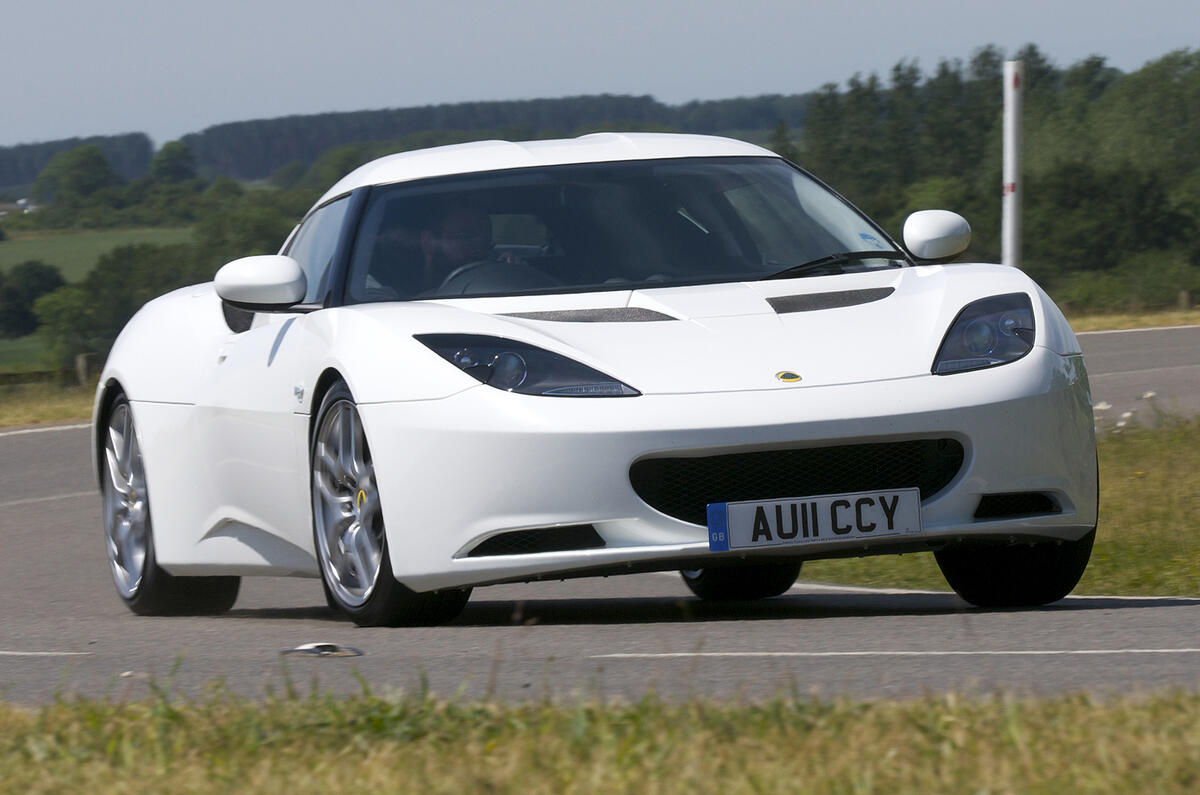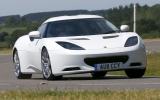What is it?
The Evora IPS is Lotus’s first automatic gearbox option since it introduced one on the Excel SA in 1986.
Markets like the US and middle- and far-east demand it, and the Evora - mid-engined GT coupe that it purports to be - ought to be ripe for it.
Next-generation Lotuses will likely get twin-clutch ‘boxes, but the Evora IPS - despite the Intelligent Precision Shift initialism - receives a six-speed torque-converter unit, Toyota-sourced like the engine.
It adds £1800 to the Evora’s price (the S remains manual only). Power and torque are unchanged but the figures inevitably take a dive – 0-60mph rises from 4.9 to 5.3sec.
What’s it like?
As with many of the latest generation autos, there’s no shift lever – just a set of buttons on a nicely finished panel on the centre console.
D does what you’d expect: puts the ‘box into a shift pattern (Lotus-developed) that gives a sport/economy compromise – and 208g/km.
As on the manual, there’s a sport button too, which will usually put things a gear or two lower than normal.
There’s no permanent manual mode – the sweetly made and located, wheel-mounted paddles override things in ‘normal’ but it’ll still change up at the redline and, if you don’t change gear for 10sec, reverts to automatic.
In ‘sport’, pulling the levers for manual override lets the engine bounce off the limiter, it blips the engine on downshifts, and will wait 30sec before reverting back to auto. Lotus thinks that you won’t go 30sec without changing gear if you’re driving enthusiastically. It also says the torque converter feels tight, not slushy, with upshifts given a bit of a kick to enhance the feeling.
That’s the theory. In practice it’s a mixed bag. Shifts are usually made intelligently and cleanly. But around town it’s difficult to ease smoothly to a stop because downshifts affect deceleration. When driving more enthusiastically, full bore upshifts sometimes combine with a slur of wasted revs.
The biggest issue, though, is ‘sport’ mode downshifts if you’re braking towards a corner. The engine over-blips the revs and, by the time they’ve have fallen enough that the drive can re-engage, you’re frequently past the apex, and have been wanting throttle for a while already. That doesn’t happen at every corner, but at enough to leave it frustrating.
That takes some of the edge of the Evora driving experience. Its ride, handling and steering are still exemplary, and while most of the time the gearbox lets you enjoy that, there are occasions when it hampers the fun.
Should I buy one?
Perhaps, but make sure it’s for the right reasons: unlike many modern sporting automatics, IPS makes an Evora a viable car for those who just don’t want to drive with three pedals. But it isn’t for those looking for an appealing alternative to the Evora’s fairly average manual shift.
Lotus Evora 2+0 IPS
Price: £52,350; Top speed: 155mph; 0-60mph: 5.3sec; Economy: 32.1mpg; Co2: 208g/km; Kerbweight: 1436kg; Engine type, cc: V6, 3456cc, petrol; Power: 276bhp at 6400rpm; Torque: 258lb ft at 4600rpm; Gearbox: 6-spd automatic






























Join the debate
Add your comment
Re: Lotus Evora IPS
Substitute Chinese for American and i think that's why there's this gearbox in it.
Re: Lotus Evora IPS
Don't buy one then...
Re: Lotus Evora IPS
Crazy name, surely it would have been good to re-se the old Europa special edition monicker? Try this Lotus Evora JPS, available in any colour scheme as long as it's gold on black...